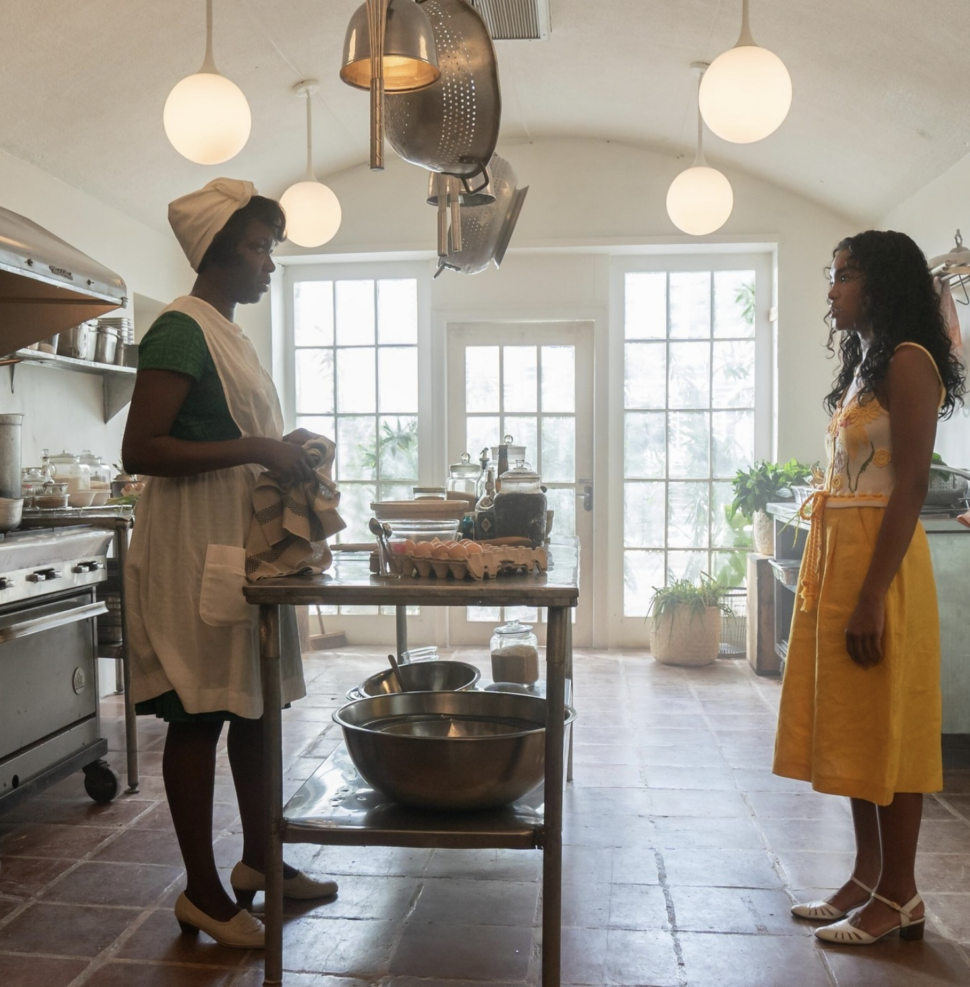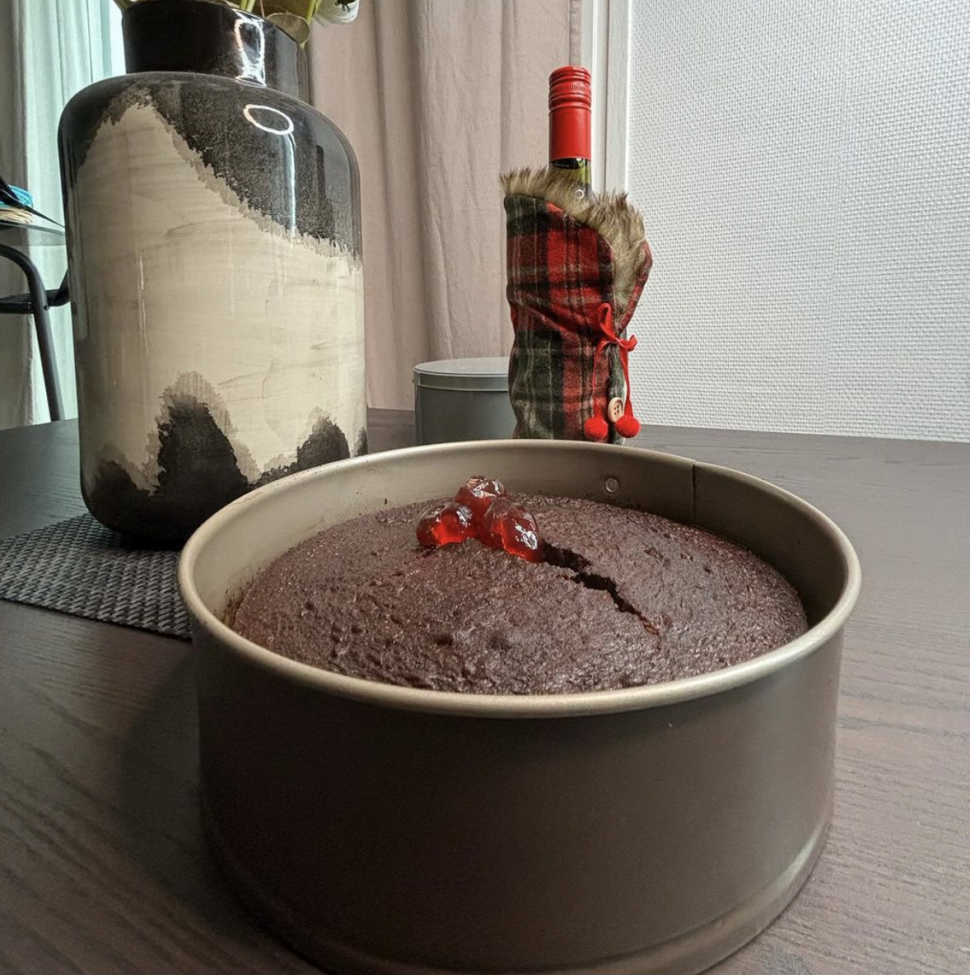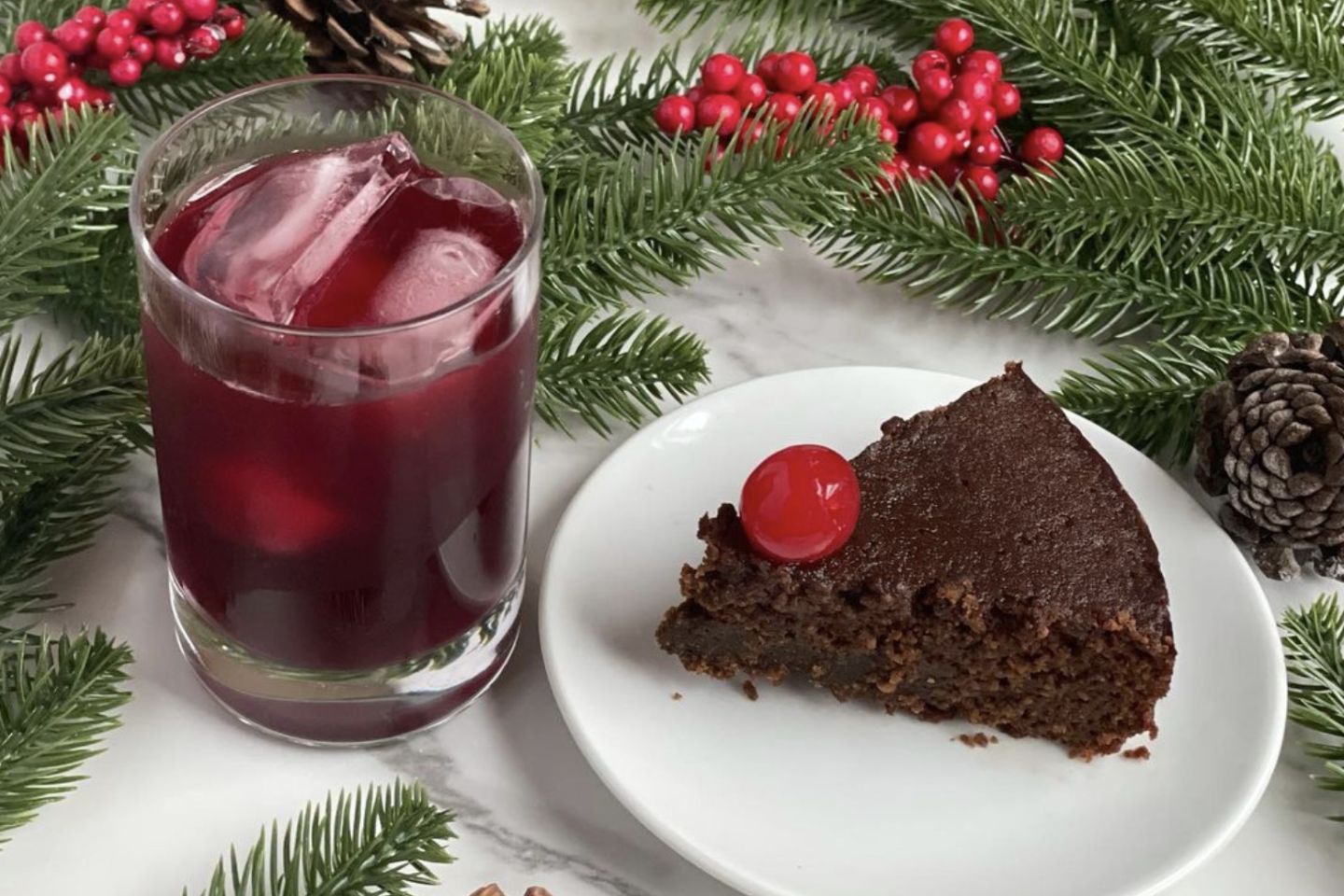If you grew up in a Caribbean household, you’ve likely had your share of black cake during the holiday season. The dessert is a staple in Caribbean families around Christmas time. Elders spend months, sometimes years, aging a variety of fruit in rum that’s used to make the perfect Black Cake each year. A new series on Hulu is bringing black cake to the masses.
Based on the novel by author Charmaine Wilkerson, the show Black Cake tells the story of a young Caribbean swimmer who is forced to flee her homeland following a mysterious scandal. Executively produced by Oprah Winfrey, the main character travels around the world attempting to escape her past with memories of the black cake that spun decades of lies, betrayal, and deception.
Social media users have been in a frenzy since the show aired. However, the history of Caribbean black cake runs deeper than the popular series. The rich dessert is the culmination of centuries of pain, bitterness, and travel through the African diaspora. Before you tune into the new show, here’s a little bit about the history of Caribbean black cake and how travel aided in bringing this delicacy to dinner tables around the world.
An Evolution Of The British Plum Pudding

The beginning of Caribbean black cake starts in Great Britain. According to London-based TikTok influencer The Tropical Treat, the dessert was first seen in recipe books in the 1840s. It was inspired by the British plum pudding, which influenced the creation of other desserts like the American fruit cake. However, black cake had a dark history that was often overlooked for its delicious taste.
Latisha Brown, the head baker and product innovator for Canadian dessert company Neale’s Sweet N’ Nice, told The Food Network that black cake is a symbol of the Caribbean spirit. Despite its dark history, the cake represents how indigenous and African people overcame hardship to create something beautiful.
“For me, Black Cake symbolizes the spirit of Caribbean people and islanders,” Brown told The Food Network. “It’s believed that Black Cake is evolved from British colonizer’s plum pudding – we added dried fruit, spices, and of course rum, and created something special and unique to us.”
Whereas traditional British plum pudding mainly uses dried fruit and spices, black cakes add a little something extra. With the addition of burnt sugar and rum, the British slave trade forced enslaved Africans to create a new dessert using the same ingredients they were cultivating as enslaved people in the West Indies.
Burnt Sugar In The West Indies
Although the inspiration for black cake began in Britain, its journey through the African diaspora started in the West Indies. According to the National Museums Liverpool, slavery in the West Indies started in the 1640s on the twin islands of St. Kitts and Nevis. European settlers discovered early on that sugar cane crops thrived in the lush, tropical islands in the Caribbean Sea. The region became a hotspot for plantation owners and settlers looking to capitalize on the growing sugar trade.
While the original plantation workers were white indentured servants, European settlers eventually turned to the African slave trade. It was cheaper to import enslaved people and, after 1660, the majority of those working on sugar plantations were African. From being captured and removed from their homelands to surviving the tragedies as they sailed through the Middle Passage from Africa, the crimes committed were heinous and inhumane. From this strife and turmoil, a new culture was beginning to form in the West Indies.
European settlers brought British plum pudding with them when they colonized the islands in the Caribbean Sea. As enslaved people were spread out among the islands, they took the European staples and merged them with flavors and customs of their own. Instead of sticking with aged fruit and spices, enslaved people added rum and a new ingredient, burnt sugar. However, the history of black cake didn’t stop in the Caribbean.
From The Caribbean To The United States

With enslaved Africans being traded and sold across the Americas, it was inevitable that black cake would eventually make its way to the United States. Historians were able to track down a handwritten recipe for black cake that belonged to American poet Emily Dickinson. An icon in American literature, Dickinson was well known for her baking when she lived in New England.
While many in New England associated black cake with Dickinson’s superb baking skills, the dessert entered the United States through the triangular slave trade. Fragrant spices like nutmeg, cinnamon, and mace traveled to the U.S. along with enslaved people. These people were transported from Africa, through the Caribbean, and eventually to the U.S. Black cake came along with them.
Today, black cake lives through the descendants of enslaved people who occupied Caribbean islands. On the edge of every bite of sweetness hangs a tinge of bitterness. Perhaps it is the burnt sugar and molasses stirred into the batter. However, some believe it’s a reminder of the troubled, traveling history of the holiday dessert; rooted both in the pain and resilience of Caribbean people.
Depending on where you are in the Caribbean, black cake may look and taste a bit different. In Jamaica, black cake may also be called rum cake given that rum flows freely when creating this dessert. Trinidadians don’t use rum as much. Instead, they prefer a good sherry wine and lots of cherries on top. Just like the diversity of the people who created it, black cake can come in many different variations.
